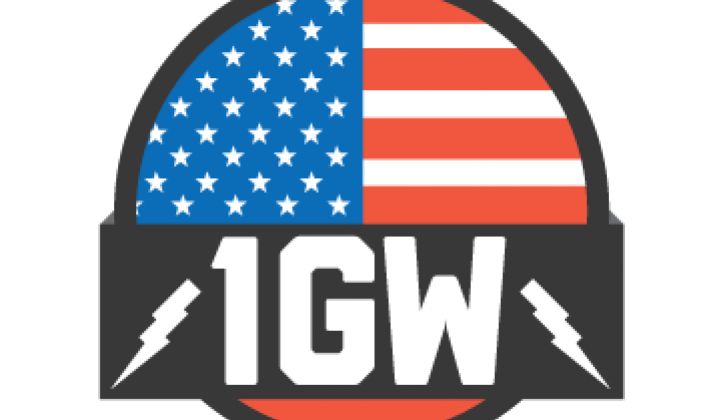The solar rush in America is on. With every company moving as quickly as possible to finish projects before federal tax credits get slashed at the end of 2016, U.S. installation figures aren't going anywhere but up -- at least for the next year and a half.
Yet again, the latest quarterly figures from GTM Research and SEIA show unabated growth for utility-scale and small-scale PV projects.
Residential deployment in the second quarter was up 70 percent over last year. The utility sector also saw a growth spurt as more projects outbid natural gas, and developers pushed to complete projects in order to qualify for tax credits. There were 729 megawatts of utility-scale projects closed in the second quarter of 2015 -- part of a 5-gigawatt portfolio of power plants under construction. The non-residential sector was down in the second quarter, but a budding pipeline of community-scale projects may change that.
Those are the conventional ways to think about the numbers. In an effort to show how far solar has come, our team of GTM researchers put together a few other compelling statistics.
1 gigawatt per month
Over the next 18 months, GTM Research expects the solar industry to complete 18 gigawatts of new projects. The math on this one is pretty easy -- a gigawatt per month on average. It wasn't until 2010 that the solar industry installed more than 1 gigawatt of PV in a single year.
Three-quarters of capacity
In the first half of 2015, three-quarters of all new electric generating capacity came from solar and wind. Solar made up 40 percent of new capacity and wind made up 35 percent. By the end of this year, the Energy Information Administration expects solar, wind and natural gas to make up 91 percent of all power plant additions -- and that's not even including distributed solar.
40 percent competitive with natural gas
More than 6 gigawatts of utility-scale contracts have been signed outside of state-level renewable mandates. That means that nearly 40 percent of the entire 16.6-gigawatt utility-scale pipeline is being developed because it beats all other alternatives, including natural gas.
Solar owners make up a large city
There are now 734,000 homes with solar systems in the U.S. Assuming there are 2.5 people living in each of those homes on average, all those residences combined would make a city of 1.84 million people -- ranking only behind Chicago, Houston, Los Angeles and New York in population.
10 for 10
In the second quarter of this year, 10 states installed more than 10 megawatts of PV for the first time. A couple years ago, there were only four states with that level of development. That dynamic will likely change if the federal tax credit gets cut, but expect even greater diversity through next year.
For more data on the U.S. solar market, read GTM Research's Q2 2015 Solar Market Insight report.



